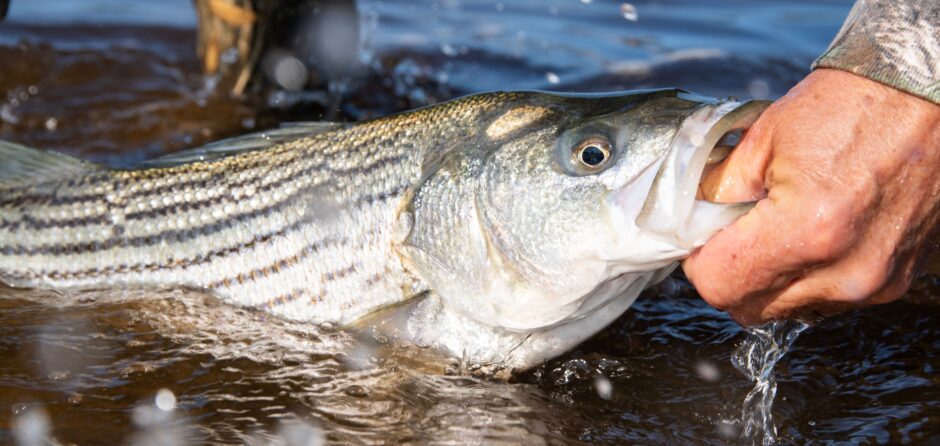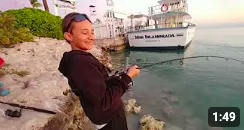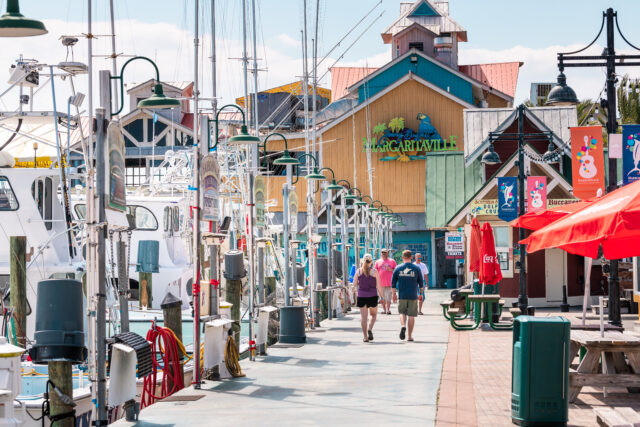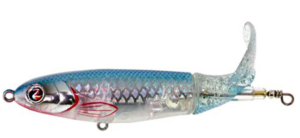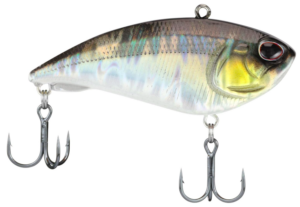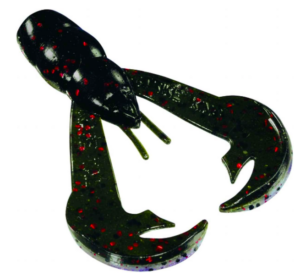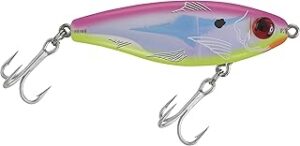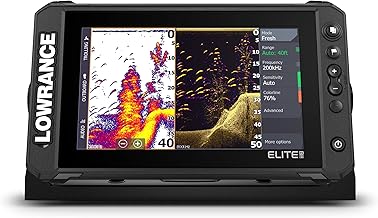How the Tides & Currents Affect Striped Bass Fishing
Moving water is always better than slack water when fishing for striped bass. To maximize your time on the water, try to fish when there is a tidal change during the mornings, evenings and at night. Striped bass feed much better during lowlight conditions. By combining the lowlight conditions with moving water, you give yourself a much better chance to catch some stripers.
Fishing a couple of hours before a high tide is considered one of the best times to fish for striped bass in the surf. Fishing from a boat gives you access to many more spots to fish and the incoming tide does offer some very good fishing, but don’t rule out the falling tide. The falling tide may not be the best scenario for surf fishing, but you can get to many different fishing spots in a boat that will have some good fishing during a falling tide. Just remember, moving water will almost always provide better fishing opportunities than a slack tide when fishing inshore (bays, piers, jetties & the surf).
Fish the Bays

The open water of the bays will hold thousands of striped bass. The key is to find them. Structure is key, however, you will often find large schools of stripers in open water following bait. Some anglers will troll in the bays and by using your electronics, you can find the bait easier. Look for diving birds too and try to get in on the action right away because the feeding frenzy can stop as quickly as it starts. You have a lot of options when fishing in the open bays. Knowing where to start is often the problem for most anglers. Find structure, look for school of baitfish and don’t be afraid to troll.
Bridges

Bridges are always a good place to look for feeding fish and striped bass are no different. The structure around the bridge pilings are great for attracting baitfish and the striped bass will follow them into these areas. The tidal changes are great for pushing water past the pilings. Striped bass are known for hanging out in the slack water and then coming out to ambush the bait as the current pulls it to them. Fish the tidal changes for the best success and on many of these bridges, the incoming tide and outgoing tide will both be very good times to fish.
Canals

Florida is more popular for all its canals that anglers fish for a variety of fish such as snook, redfish, trout and more. On the east coast, you don’t have the canals that you have down south, however, there are some canals that striped bass move into and the fishing can be very good in these narrow bodied areas. The Cape Cod Canal is one of those canals that is famous for its striped bass fishing.
Docks

Docks may not always be the best place to target striped bass when fishing the saltwater, however, the docks can hold some very nice fish. Some anglers think the docks are better at night, while other report some good catches during the day too. Docks hold fish. During the day, the shade provided by the dock will hold fish. It’s just a matter of fishing enough docks to find that fish that’s willing to eat your bait. At night, the docks with lights tend to be much better. The lights attract baitfish and stripers are known for hanging around the docks at night to feed on the bait. Make sure you’re using heavy enough tackle though because there are a lot of ways to get you hung up around the docks. Some of these fish can be 20 to 30 pounds or even more.
Flats
Flats fishing is known more for redfish, bonefish and a few other species of fish. Striped bass definitely doesn’t come to mind for most anglers when they think of flats fishing, however, some anglers do target these fish on the flats and at times, the fishing can be very good on the flats. There are several places to target these fish on the flats on the east coast, however, the tidal swings are much greater there than you will find down south in Florida. So, if you are used to fishing the flats in Florida, you may have to throw out some of that experience down there and wrap your mind around the fact that you could have tidal swings up to 6 feet, which can drastically change the areas that you can fish at any given time.
Some of the more successful anglers will also swear by fishing lighter-colored bottoms and the main reason for this is that you can see the fish better, which makes sight fishing to their shadows a lot easier. Striped bass are going to appear dark on the bottom, so a lighter bottom helps you pick up the darker color in the water. We know striped bass are fairly white, however, the top of them isn’t, so being able to see the dark spots is key to sight fishing for them. You can use flies or your favorite baits and lures for them while in the skinny waters. They will all work if you place them in front of a hungry striper.
Jetties
The jetties are great for striped bass for several reasons. Jetties are natural attractors for striped bass and many other types of fish, so you can expect to find some active fish in the area when fishing off of a jetty. Most jetties are also set up well for fishing with live bait and casting artificial lures. You can usually get much closer to the water from a jetty compared to a pier, which makes it easier to fish with a variety of artificial lures. You can usually set up a live bait rod and set it in the rocks while you cast a lure. If you don’t have a boat, fishing from jetties may be your best option for catching bigger fish consistently.
One of the major challenges of fishing from the jetties is that there are big, wet rocks all over the place. The wet rocks can be slippery and very dangerous if you don’t pay attention to them while landing a fish. Huge stripers and slippery rocks aren’t the safest situation to be around, but you can easily stay safe by wearing non-slip shoes or boots and making sure to pay attention to where you are walking. It’s also important to watch the incoming waves that are approaching the jetty. At times, a much bigger wave will come out of nowhere and crash into the rocks that you are standing on.
Passes
Passes are always good spots for attracting a variety of fish and striped bass are no different. A good pass has plenty of current during tidal changes and these bottlenecks are the places that fish have to pass through to get to their desired destination. Fish during the tidal changes and any time you can find some good structure near these passes, you have a better chance to find some fish.
